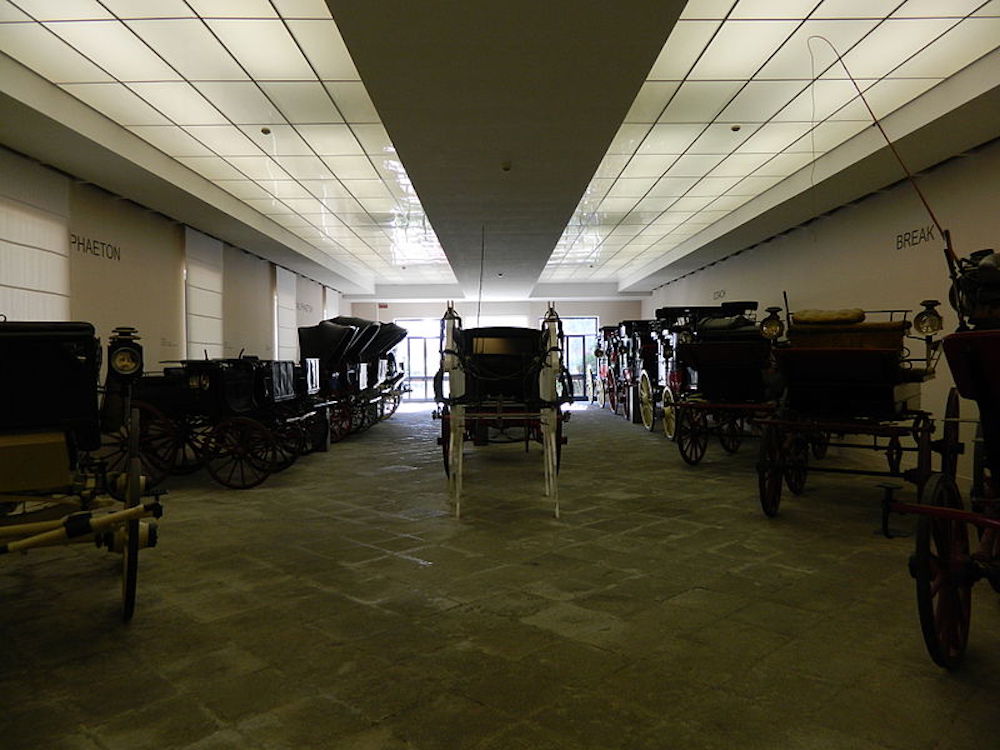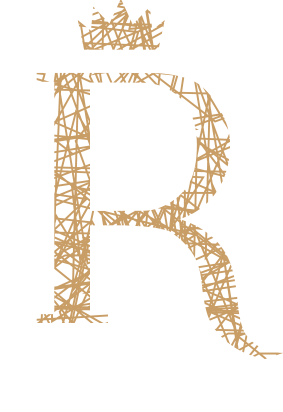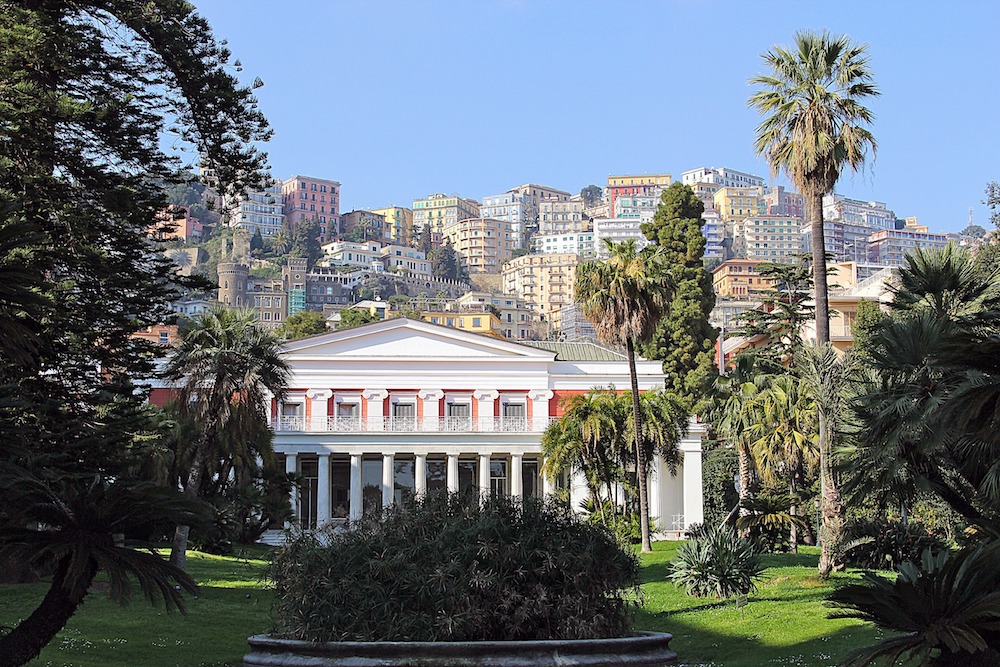Do you have little time but are intrigued by the beauties of historic Naples?
The Riviera di Chiaia, the very street where the Salotto della Regina is located, is not just any street in the city: it is an important and imposing piece of historic Naples. Living it and walking along it you come across more of a splendor: the Museo Diego Aragona Pignatelli Cortes, which also contains the Museum of Carriages, absolutely worth visiting, and the "Villa Reale" today "Villa Comunale".Among the things to visit in Naples there is certainly The Museum Diego Aragona Pignatelli Cortes. Curious to know the birth of this historic Naples building?
The Diego Aragona Pignatelli Cortes Museum dates back to 1826 when Ferdinando Acton, son of Sir John, Prime Minister of Ferdinando IV, decided to build a residence along the road axis that flanks the Villa Reale. Later it was bought in 1841 by the Rothschild bankers who then sold the Villa to the Prince Diego Aragona Pignatelli Cortes at the time of the unification of Italy. In 1955, however, the last descendant of the noble house gave up the residence to the Italian State.
The peculiarity of this museum is that the core and its essence is that of being a House-Museum that is named after Diego Aragona Pignatelli Cortes is today one of the few examples of the intrinsic relationship between building and collections.
In the historic Villa della Napoli, we find true masterpieces that were simple furnishings at the time: for example, objects in gilded bronze and bronzes, among which Narciso signed by Vincenzo Gemito but then Chinese and Japanese vases and cups from the eighteenth and nineteenth centuries; porcelain from Limoges, Sèvres, Zurich, Chelsea, Meissen, Vienna, some porcelain from the Royal Factory of Capodimonte, majolica from the Giustiniani and Del Vecchio factories, pottery from Francesco Securo and a refined biscuit depicting Carolina Murat, made in the Poulard Prad manufacture; just to mention by heart.
Are you thinking about visiting this museum in Naples?
We give you directions on how it is divided:
- Villa with the historic apartment on the ground floor and in some rooms on the first floor,
- First floor rooms for the House of Photography,
- Carriage and harness museum on the ground floor of the Rothschild building
- Garden

The roof of the portico gave rise to the Neoclassical Veranda, now used to host concerts, conferences and other cultural events. Other places that can be visited that leave ecstatic as you can find from the marble busts to the paintings and sculptures, as well as the vintage jewelry, are:
- Library
- Pompeian Lounge
- Ballroom
- Blue Lounge
- Lunchroom
- Red Lounge
- Green Living Room
- The Vestibule
- Empire living room
The Carriage Museum of this villa is the most important of historic Naples and is instead placed in the former stables and was designed by Bruno Molajoli; Today the carriages are flanked, in new rooms, hundreds of leather harnesses, bites, whips, harnesses and objects of various kinds intended for the care of the horse.
The luck of those who have chosen to stay at our hospitality property the Salotto della Regina is to have the Diego Aragona Pignatelli Cortes Museum a stone's throw away and be able to visit it as soon as desired.


